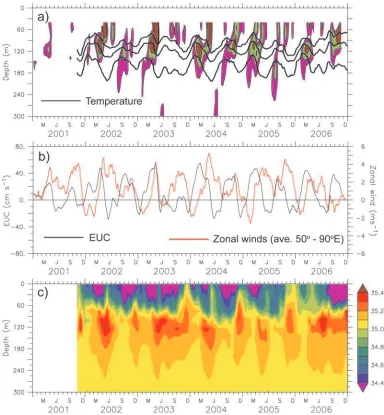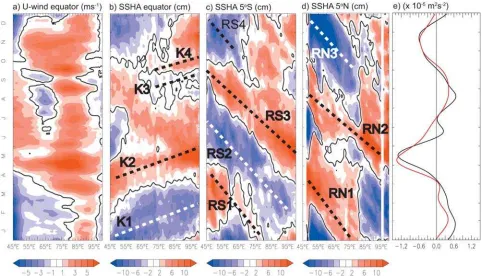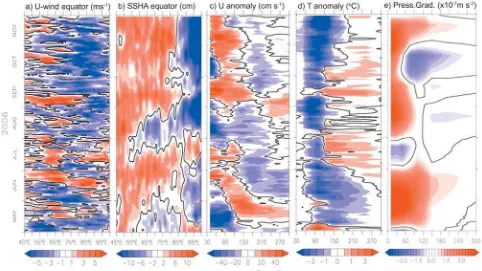Welcome to ePrints Sriwijaya University - UNSRI Online Institutional Repository
Teks penuh
Gambar
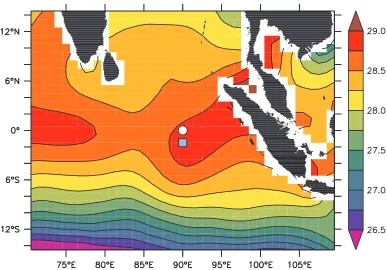

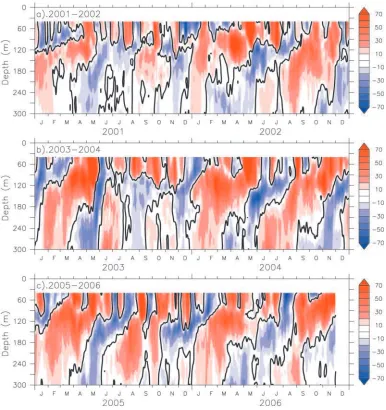

Dokumen terkait
[ 13 ] To examine a dominant period of intraseasonal variations in the equatorial Indian Ocean, spectral analysis has been performed on the observed and model zonal currents at 90 °
IOD is one of the interannual climate variability in the Indian Ocean, associated with the negative (positive) SST (Sea Surface Temperature) anomaly in the eastern
The El Niño event is mostly dominated by node 7 showing negative SSHA in the northern part, along the equator and along the eastern boundary, and positive SSHA in the
In order to evaluate the dynamics of the intraseasonal coherency in the central equatorial and northeastern boundary of the Indian Ocean, satellite product of sea surface high
The purpose of this study is, therefore, to give a detailed description of the intraseasonal variance and coherency of the observed currents in the eastern
The results for the normal and partial correlations between precipitation and IOD/ ENSO during the spring transition of the monsoon (MAM) season are shown in
In order to evaluate the dynamics of intraseasonal sea level in the equatorial Indian Ocean, we first calculate the phase difference along the equator using spatial pahse pattern
Then the planning will be generated by connecting these factors to zoning system in ecological concept — based on resources provision in each area — and landscape

